The quantum Hall effect, a remarkable phenomenon observed in two-dimensional electron systems under low temperatures and strong magnetic fields, has revolutionized our understanding of condensed matter physics. Among its most intriguing manifestations is the fractional quantum Hall effect (FQHE), where the Hall conductance becomes quantized at fractional values of the fundamental conductance quantum. This discovery not only challenged existing theoretical frameworks but also opened new avenues for exploring exotic quantum states of matter.
In the early 1980s, physicists were stunned when measurements on high-mobility two-dimensional electron gases (2DEGs) revealed plateaus in the Hall resistance at fractional filling factors. Unlike the integer quantum Hall effect, where quantization occurs at integer multiples of e²/h, the FQHE exhibited quantization at simple fractions such as 1/3 and 2/5. This unexpected behavior defied conventional explanations and hinted at the emergence of fundamentally new physics in these systems.
The theoretical breakthrough came when Robert Laughlin proposed his celebrated wavefunction to describe the ground state of electrons at filling factor ν = 1/3. His ansatz captured the essential physics of strongly correlated electrons forming an incompressible quantum liquid. The key insight was that electron-electron interactions, often treated as a minor perturbation in most solid-state systems, became the dominant factor governing the low-energy physics in the FQHE regime.
Remarkably, the quasiparticle excitations in FQHE systems carry fractional charges, a concept that was previously unimaginable in the context of conventional metals or semiconductors. For instance, at ν = 1/3, the elementary excitations carry charge e/3. Even more astonishing was the prediction that these quasiparticles obey fractional statistics - neither bosonic nor fermionic but something in between, now known as anyonic statistics. This theoretical prediction has profound implications for topological quantum computation.
Experimental verification of these exotic properties required extraordinary precision. The fractional charge was confirmed through sophisticated noise measurements in quantum point contacts, while interference experiments provided evidence for anyonic statistics. These measurements represented triumphs of experimental condensed matter physics, pushing the boundaries of what could be achieved in mesoscopic systems.
The discovery of the 5/2 state in high-mobility samples added another layer of complexity to the FQHE story. Unlike the simpler odd-denominator fractions, this even-denominator state is believed to host non-Abelian anyons - quasiparticles whose quantum states depend on the history of their braiding. If confirmed, these exotic excitations could form the building blocks for fault-tolerant quantum computers, making the FQHE not just a subject of academic interest but of potential technological significance.
Modern research continues to uncover new facets of the FQHE. The development of van der Waals heterostructures, where atomically thin layers of different materials are stacked together, has provided new platforms for studying these phenomena. These artificial structures offer unprecedented control over electron density and interaction strength, allowing physicists to explore previously inaccessible parameter regimes.
Recent theoretical work has focused on understanding the microscopic nature of the various FQHE states. Numerical techniques such as exact diagonalization and density matrix renormalization group calculations have provided crucial insights into the many-body wavefunctions. At the same time, advanced experimental techniques including local probe microscopy and time-resolved measurements are shedding light on the real-space structure and dynamics of these quantum fluids.
The study of the fractional quantum Hall effect has profoundly influenced diverse areas of physics, from topological phases of matter to quantum information science. It serves as a paradigm for how unexpected experimental discoveries can lead to fundamental theoretical advances and potentially transformative technologies. As research continues, the FQHE system remains one of the richest playgrounds for exploring the emergent phenomena that arise when quantum mechanics and strong correlations conspire in low-dimensional systems.
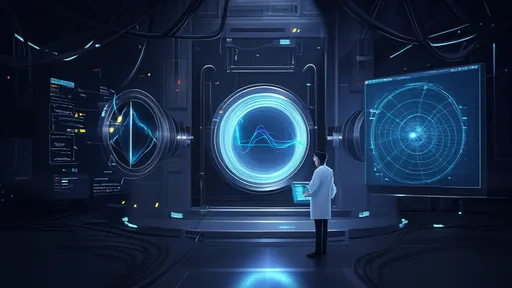
By /Jun 19, 2025
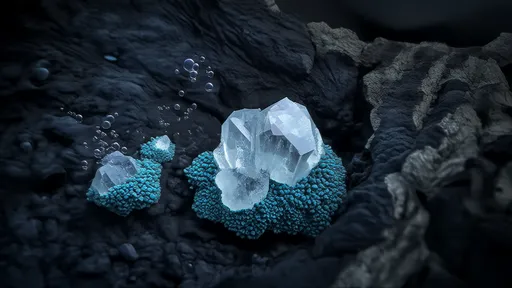
By /Jun 19, 2025

By /Jun 19, 2025

By /Jun 19, 2025
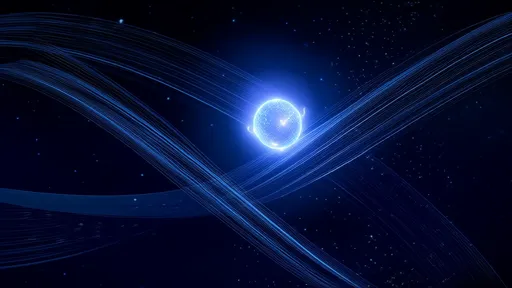
By /Jun 19, 2025

By /Jun 19, 2025

By /Jun 19, 2025
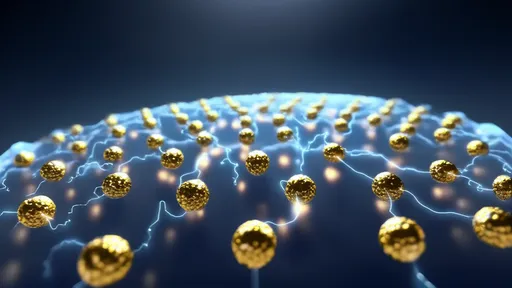
By /Jun 19, 2025

By /Jun 19, 2025
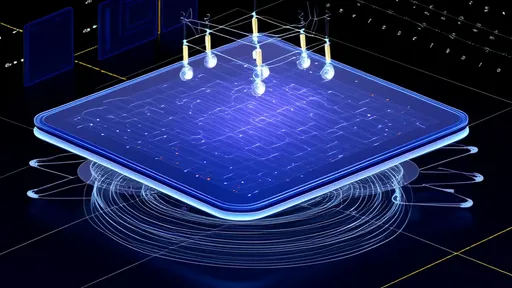
By /Jun 19, 2025
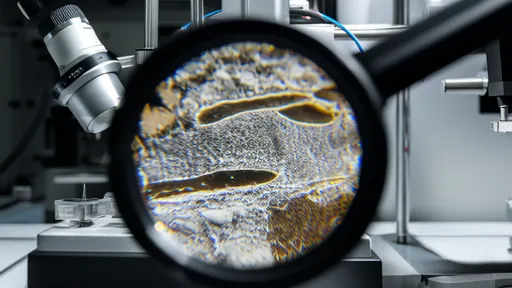
By /Jun 19, 2025

By /Jun 19, 2025
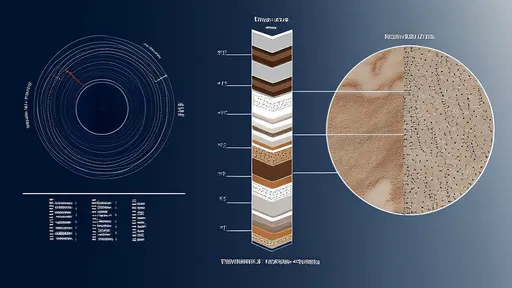
By /Jun 19, 2025
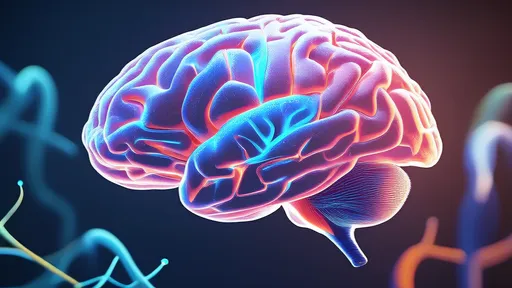
By /Jun 19, 2025
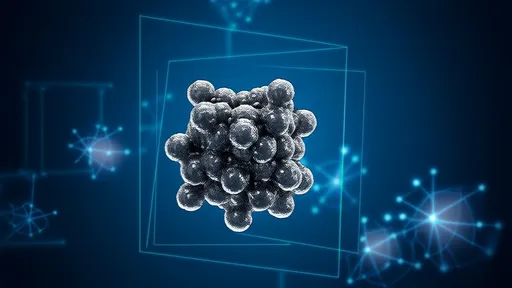
By /Jun 19, 2025
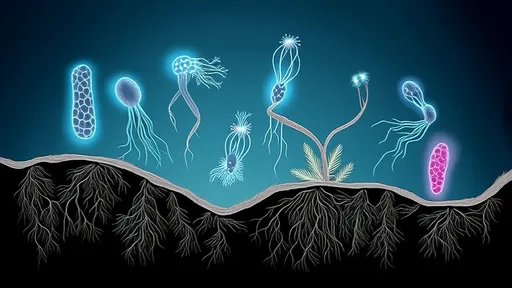
By /Jun 19, 2025
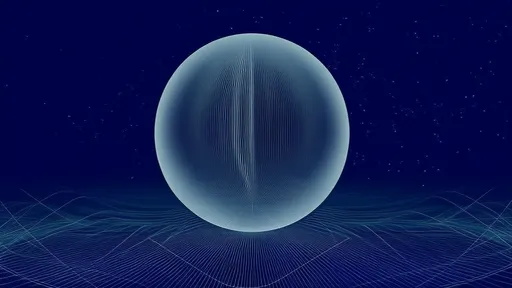
By /Jun 19, 2025